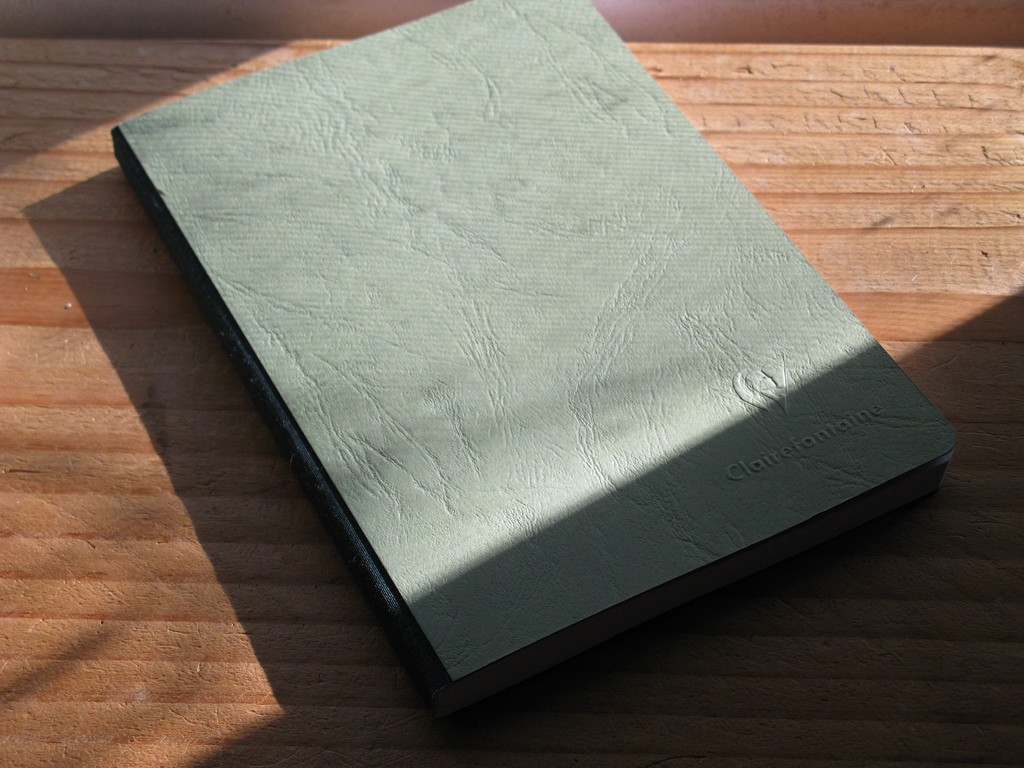The Record
In my other life I am trying to get it right.

Earlier this year, I interviewed the C.E.O. of a startup in San Francisco. There were two puppies in the office; their names kept changing. We were getting along, digressing. He mentioned that his favorite author was David Foster Wallace. “Yes,” I replied, “He was wonderful.” The C.E.O. paused, leaned toward me. “Did something happen to him?” he asked.
In 2016, I started talking to other people and writing about it. I do not have formal journalism training; I just like asking questions. Thankfully, people are generous. With the recorder running on the table between us, strangers talked to me about their professional aspirations and romantic histories, their childhood ambitions and adult anxieties. They revealed themselves gladly, even when they were not trying. “Everything is about my sister, really,” a middle-aged executive told me, leaning back in his chair. “It always comes back to her.”
Most of the time, though, I wasn’t talking to strangers. Most of the time, I was at home, alone. I work remotely, for a software company; at night, I switch out laptops to write. It is not uncommon for me to go a whole day without speaking to anyone. When my boyfriend comes over, it’s like flipping on the radio. But the apartment faces the street, and conversation drifts in. People hang out on the corner, playing guitar; picking fights; hawking Blue Dream, in stage whispers, to passersby. They smoke up outside the window and slouch outside an old movie theater that has been reincarnated as a modern commune catering to the digital-nomad set. When I moved in, a neighbor called them trust-fund babies. “You can tell by their teeth,” he said, rolling his eyes, “who’s had orthodontia.” The baby upstairs has been watching “The Sound of Music” for two weeks straight — I’ve never seen it, but I know all the words. I still don’t know whether my neighbor meant the homeless millennials or the communalist techies.
In the spring, a friend flew from New York City to San Francisco for a long weekend. We met in the lobby of the Museum of Modern Art, which looks like an Apple store. We stood in the “Motion Lab” and watched the Calder mobiles curve slowly away from our bodies. My friend said he was unmoved. “I feel the same way,” I lied. We stood in the middle of a circular white gallery hung with Agnes Martin paintings, those meticulous grids. I don’t know much about art or obsession, but I’ve always loved graph paper. “She never used a ruler,” a docent explained to a tour group beside us. I looked back at my friend, who was enraptured. We stood there until he was ready to leave. I tried to meditate on perfectionism. As we walked down the hall toward a stairwell, my friend turned to me. “It won’t surprise you to learn that she killed herself,” he said.
People can be wrong, and usually are. There’s so much information. Agnes Martin died in Taos, of pneumonia. She didn’t kill herself. She used a ruler — of course she did. But I can appreciate that the narrative is better, sometimes, when it’s wrong. This year, we saw misinformation operating, as they say in my industry, at scale. Did something happen to him? If you have to ask, maybe not. Maybe it’s better to live it your way. Transcribing the recordings, I sometimes observed that I, too, readily revealed myself. I wanted too much for an interviewee to like me; I wanted too much to connect. It’s all so embarrassing. Last week, I woke up to a woman shouting outside the window. “I am my own satellite,” she cried. “I am my own satellite!” What are any of us really talking about, ever? It’s only natural to get it wrong; to give too much away.
Anna Wiener is a writer in San Francisco.
In My Other Life, a collection of essays from writers we love, is The Awl’s goodbye to 2016.
